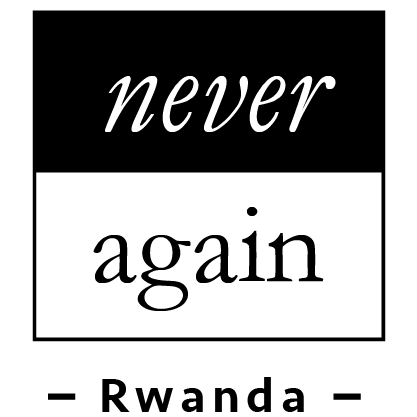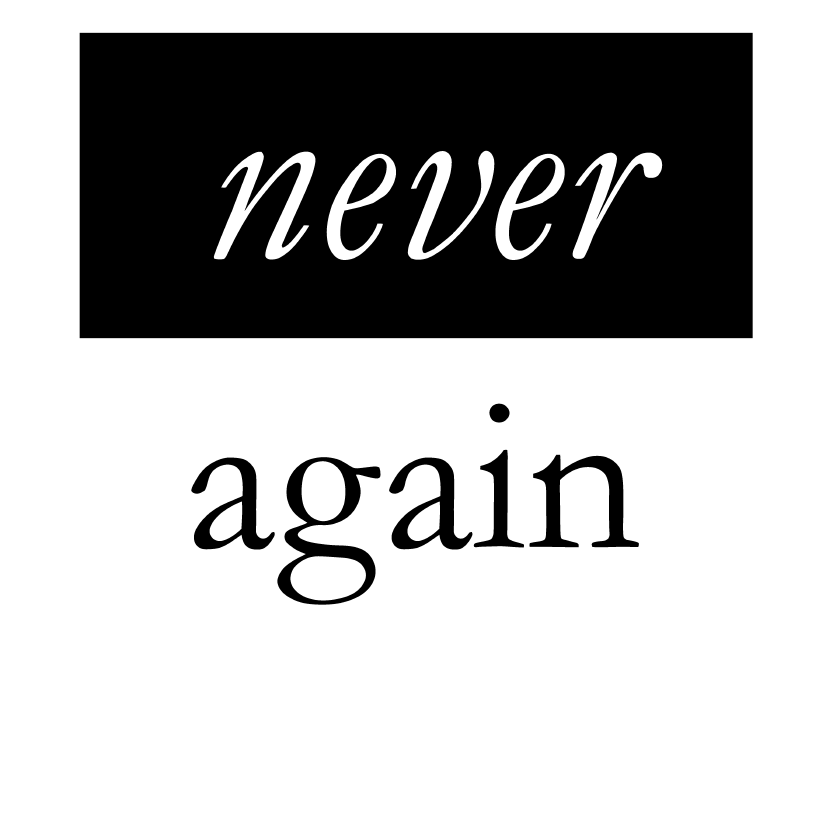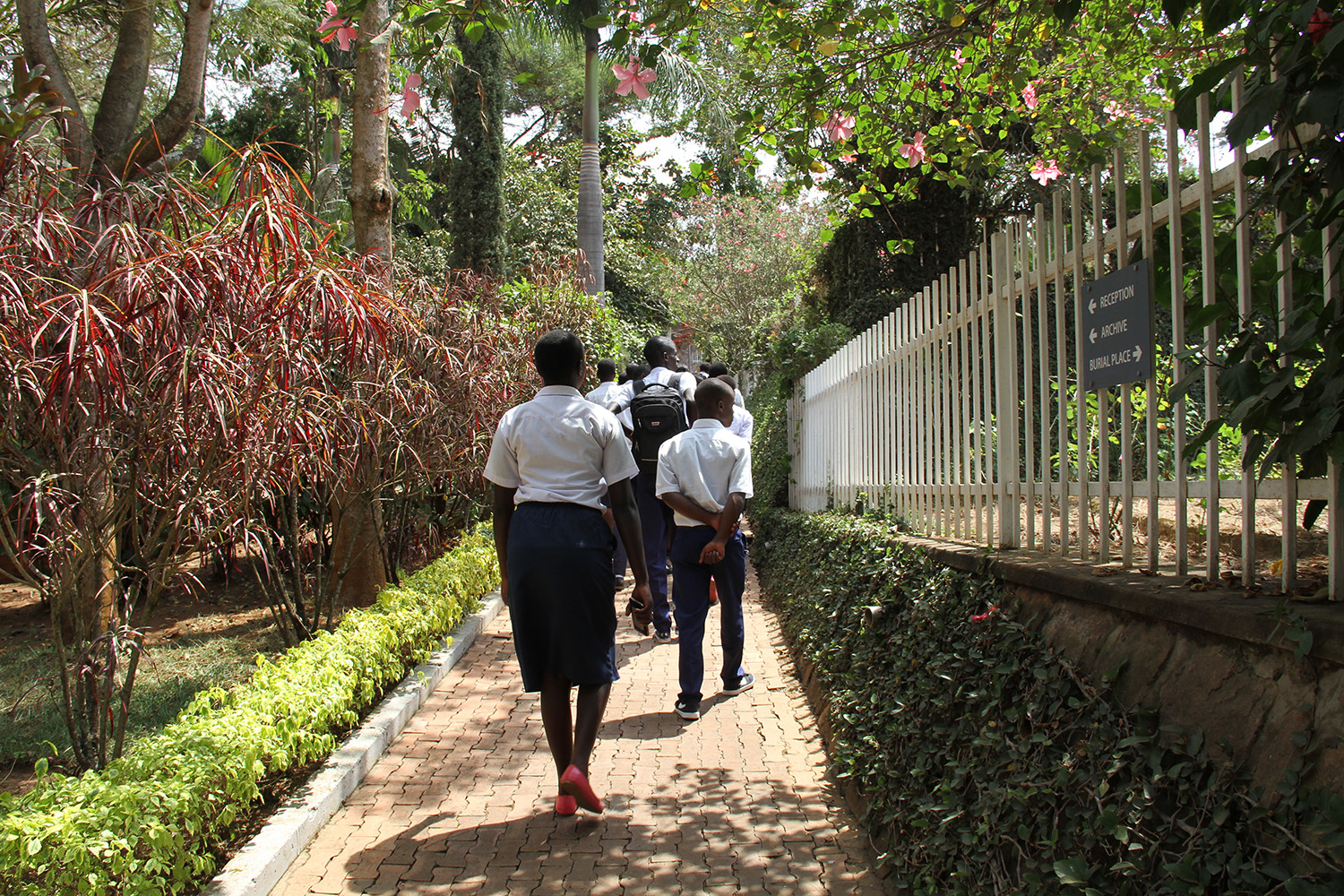Every society has historical, cultural, social, psychological and political repels that drive everything in it and also define the relationships between its members. Well, in Rwanda, it’s the history of the genocide against the Tutsis in 1994, that left various people if not all affected by either visible or invisible wounds. After the horrendous atrocities, victims and perpetrators had to live together despite their differences, to build a shared future for Rwanda as a nation, they had to share the same schools, the same hospitals and the same water source and the same resources. So, the million dollar question is: how do you bring people together to re-build a nation when empathy, tolerance and trust was lost? How do you lead a society where the government they trusted, turned into a killing machine of its own citizens? I am not sure anyone can answer such a question or the many questions in post genocide Rwanda, but taking the long journey to healing and championing for participatory governance can be some of the ways to rebuilding the dented social fabric like Rwanda’s.
After the genocide, the government of Rwanda introduced political and institutional reforms to create an inclusive society. However, we can’t forget the fact that both the leaders and citizens belonged to a society that was wounded by the genocide. There are some behaviors exhibited among some leaders and citizens – trauma, depression, anger, domestic violence, mistrust, discrimination and isolation among so many others, all of which directly or indirectly have an adverse impact on the efforts of healing and governance.
In 2015, Never Again Rwanda, joined other stakeholders (both government and non-government) to initiate the societal healing and participatory governance program. The program supports spaces of dialogue, providing opportunities for highlighting instances of profound healing and reconciliation among community backgrounds of diverse backgrounds. Along the implementation phase, members of those spaces started demonstrating a change in behavior, owing to the fact that they had gotten people to listen to them and not judge them, people they could trust with their deepest secrets and vise versa. However, NAR came to learn that healing is a journey, not a destination.
Both aspects of healing and governance are interlinked. If you think about it, can a wounded person lead others; can a wounded society constructively engage with their leaders? Both questions are likely to have a negative answer. “Before joining NAR’s space of peace, I hadn’t healed and had never thought of becoming a leader, because I had it in my mind that leaders always plan to kill any given ethnic group, but through different healing sessions, I decided to become a leader to create positive change and be different from the previous leaders” said Makuza Jean Claude, a peace agent and Cell Executive Secretary in Nyabihu District.
Makuza´s story, just like many other stories documented by Never Again Rwanda during the 4 years of intervention are an indicator that healing is possible, but it needs deliberate and relentless efforts of psychosocial help in a post genocide community like Rwanda. When an emotional wound is not healed, the victim wallows in the pain, feeling worse and worse every day, devoid of energy and joy kicks in, reason why, one would need an enduring ear to listen. It’s been noted that talking to a compassionate, nonjudgmental person can heal emotional wounds. And eventually a healed person will find themselves open to work with others and will be confident to voice their opinion.
“Nowadays I attend umuganda and meetings in our village because I have found the true meaning of life. Now I have a sense of belonging…” said one female member of NAR’s spaces for peace.
Although there are some laudable strides that have been registered in unity, reconciliation and healing in Rwanda, there is need for more collaboration and coordination between civil society, religious leaders and government institutions to build a future with a healed society and prevent the vicious cycle of trans-generational trauma, with the aim of fostering sustainable economic development among individuals with a shared future.


